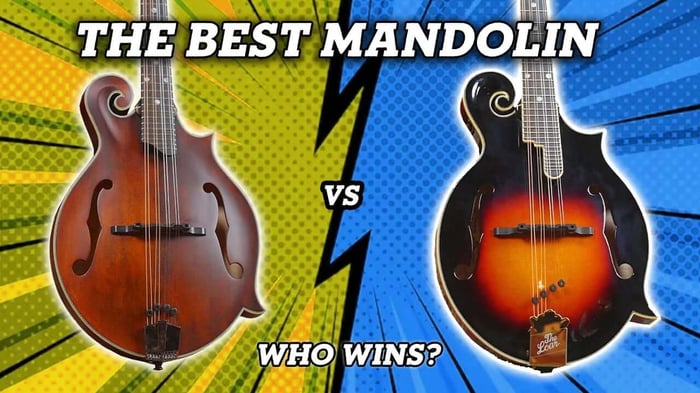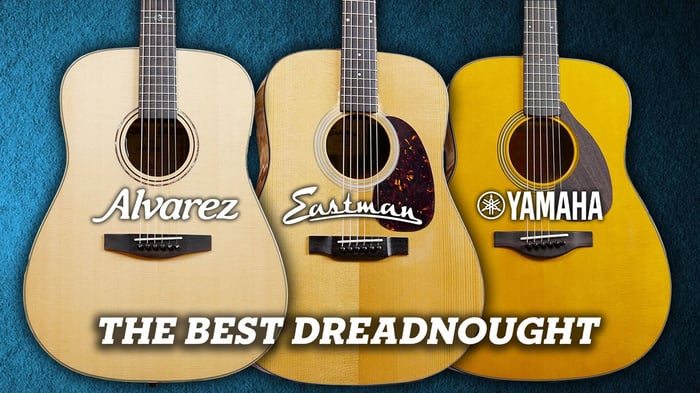F-Style Mandolin Showdown: Loar LM-700 vs Eastman MD315
Choosing the right F-style mandolin can be a major decision for any player, whether you're a seasoned bluegrass performer or just getting into the genre. The Loar LM-700 and Eastman MD315 are two of the most frequently recommended models for serious players at different price points. Both are visually striking, feature all-solid tonewoods, and offer excellent tone, but the differences between them might be exactly what helps you choose the right fit. In this guide, we'll walk you through everything you need to know about each mandolin to help make your buying decision easier.
You can also watch the full comparison video by The Acoustic Shoppe team here:
What Makes an F-Style Mandolin Special?
The F-style mandolin is named after the Florentine design introduced by Gibson in the early 20th century. Its ornate scroll, two body points, and generally more complex construction set it apart from the simpler A-style design. While aesthetics are a big factor, the F-style mandolin often produces more projection, making it ideal for bluegrass and ensemble settings. The extra mass and scroll can contribute to tonal character and balance across the register. Whether or not that tonal difference matters to you, many players gravitate toward the F-style’s classic look and feel.
Beyond just aesthetics and tone, F-style mandolins are built for players who need stage-ready presence and punch. Their curvature allows for easier gripping when playing standing up, and they carry a certain prestige that many performers love. These instruments are more labor-intensive to build, which is reflected in their higher price point — but for many, the added cost is well worth the enhanced craftsmanship.
Spotlight on the Loar LM-700
The Loar LM-700 is a professional-level mandolin that draws inspiration from vintage instruments built in the golden era of mandolin making. It’s built with a hand-carved AAA solid spruce top and highly flamed maple back and sides, making it as much a visual centerpiece as a performance instrument. Unlike many mandolins in its price range, it omits tone bars in favor of a fully graduated top — a decision that dramatically impacts tone.
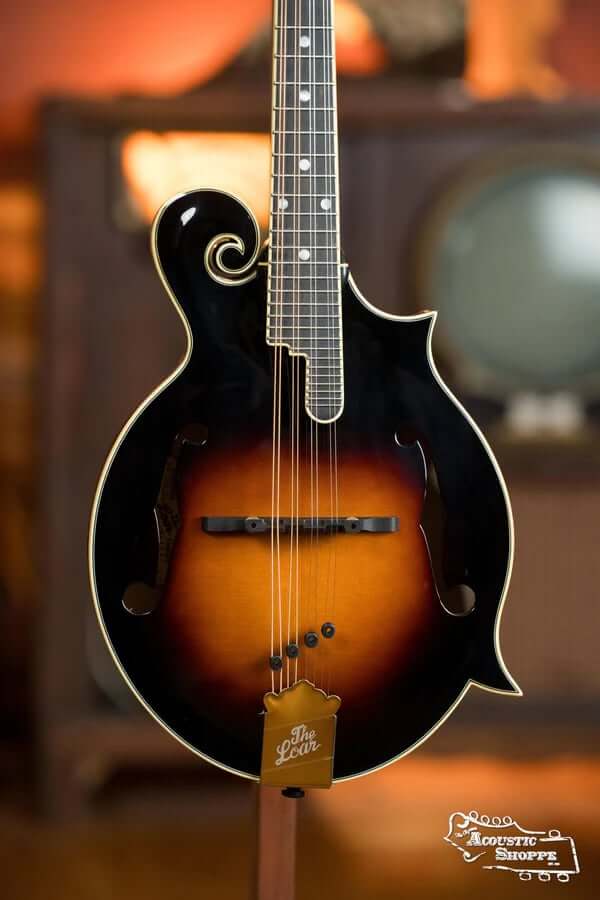
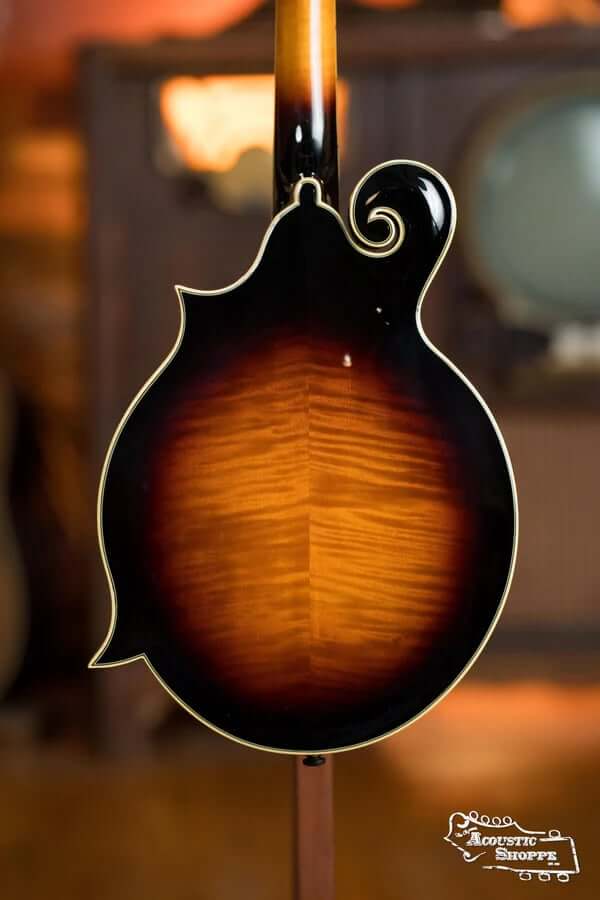
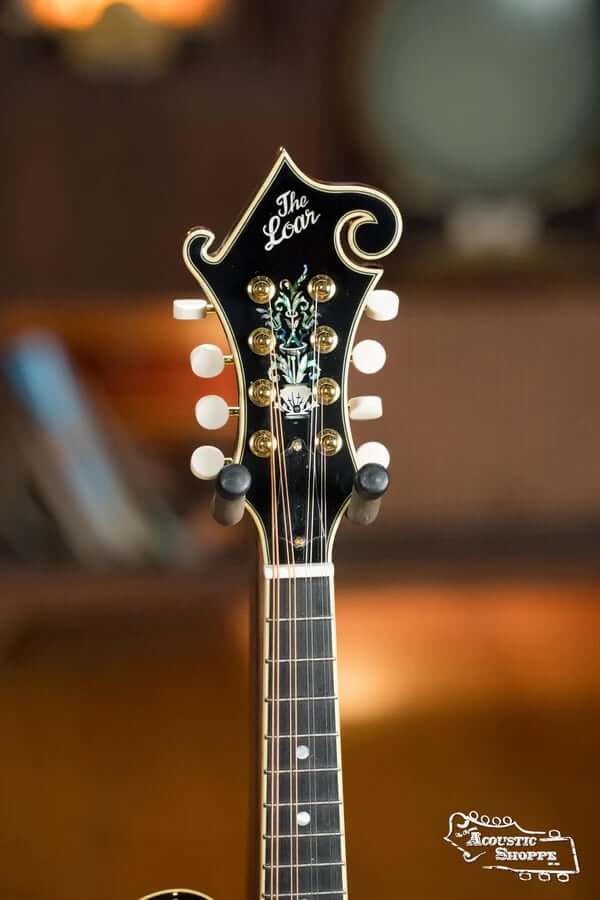
That design choice gives the LM-700 incredible sustain and a more open sound. The tone is bold and woody with excellent low-end response and shimmering highs. The hand-carving means every instrument has its own character, but the consistency of build quality across Loar’s lineup ensures reliable tone. With its high-gloss vintage sunburst finish, ivoroid binding, and gold hardware, the LM-700 exudes class.
Playability is also top-tier. The V-profile neck is slim and fast, which is especially appreciated during fast picking runs or high-register solos. The scooped fingerboard extension means players won’t hear the annoying pick slap often found on lesser mandolins.
Inside the Eastman MD315
The Eastman MD315 is one of the best valued mandolins, offering hand-carved tonewoods and professional appointments at an affordable price. With a hand-carved solid spruce top and maple back and sides, it’s a standout for intermediate players or anyone looking for excellent tone on a budget.
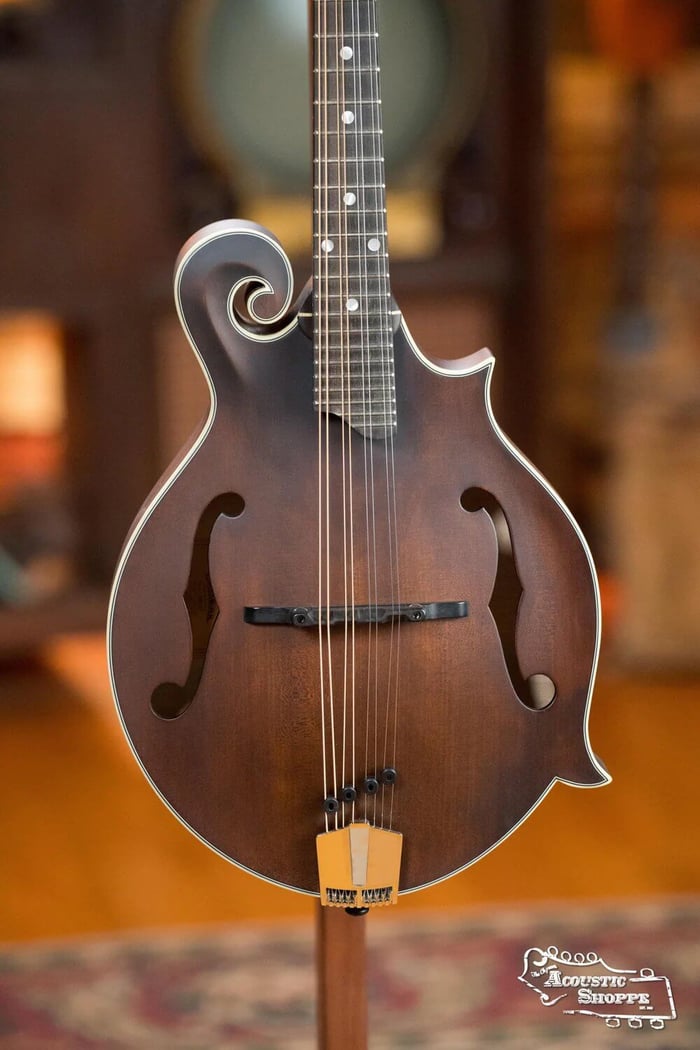

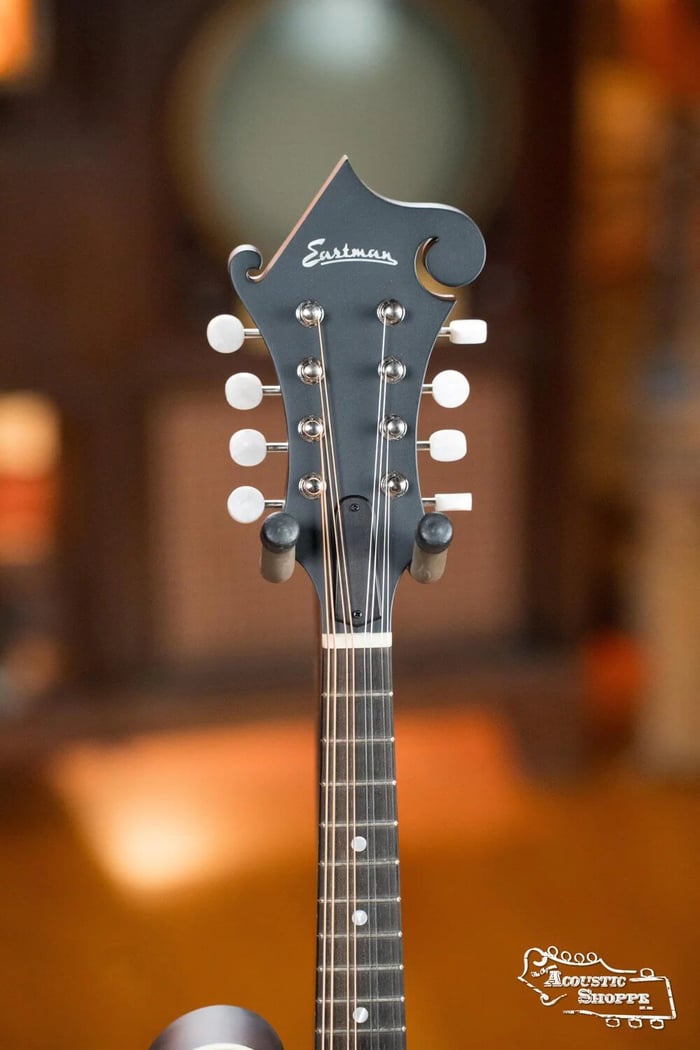
The tone of the MD315 is surprisingly mature. It’s balanced, focused, and slightly brighter than the Loar. This makes it a good fit for both bluegrass and old-time music. In fact, during side-by-side testing at The Acoustic Shoppe, the MD315 held its own remarkably well even against instruments priced much higher.
Eastman applies a thin satin lacquer to the MD315, which helps the wood resonate more freely than a heavy gloss might. Over time, this finish will wear beautifully, developing a natural patina that many players love. The scroll work and binding are cleanly executed, even if not quite as ornate as the LM-700.
The D-profile neck is slightly chunkier than the Loar’s but still very comfortable. Intonation is excellent, and the mandolin stays in tune even during long sessions. If you’re looking for an affordable, gig-worthy F-style mandolin that sounds way above its price, the MD315 deserves your attention.
Core Differences Between the Loar LM-700 and Eastman MD315
Here’s a look at how these two F-style mandolins compare side-by-side:
| Feature | Loar LM-700 | Eastman MD315 |
|---|---|---|
| Top Wood | Hand-carved AAA Solid Spruce | Hand-carved Solid Spruce |
| Back & Sides | Flamed Solid Maple | Solid Maple |
| Neck Profile | Rounded V | Comfortable D-shape |
| Finish | Gloss Vintage Sunburst | Satin Lacquer |
| Fingerboard | Ebony | Ebony |
| Bridge | Compensated Ebony | Adjustable Ebony |
| Hardware | Gold Gotoh w/ Ivoroid Buttons | Nickel Tuners |
| Sound Character | Warm, open, full-bodied | Bright, focused, articulate |
| Best Use | Advanced players, stage performance | Intermediate players, daily play |
5 Reasons to Choose the Loar LM-700
Superior Materials – AAA-grade spruce and flamed maple aren’t just pretty — they improve tonal richness.
No Tone Bars – The fully graduated top gives this F-style mandolin a wide dynamic range.
Refined Aesthetics – Gold hardware, ivoroid binding, and gloss finish make it look and feel premium.
Professional Playability – The scooped extension and V-neck feel great at high speeds.
Open, Woody Tone – Its voice cuts through ensembles with warmth and authority.
Why the Eastman MD315 Is Still a Top Contender
Despite being more affordable, the MD315 is packed with value. Its tonewoods are hand-carved, not pressed or laminated. Its components are made from real ebony. The satin finish may not be as flashy, but it ages beautifully and provides players with an instrument that feels "broken in" right out of the case.
Many instructors even recommend the MD315 as the perfect student upgrade mandolin — affordable enough to justify the cost, but high-quality enough that it won't need to be replaced unless you're moving into the elite $3,000+ range. For players who want the F-style look and tone without the premium price tag, it’s a no-brainer.
Final Thoughts: Which F-Style Mandolin Is Right for You?
If you’re shopping for an F-style mandolin, both the Loar LM-700 and Eastman MD315 deserve top consideration. Each offers a lot of value, but for different audiences.
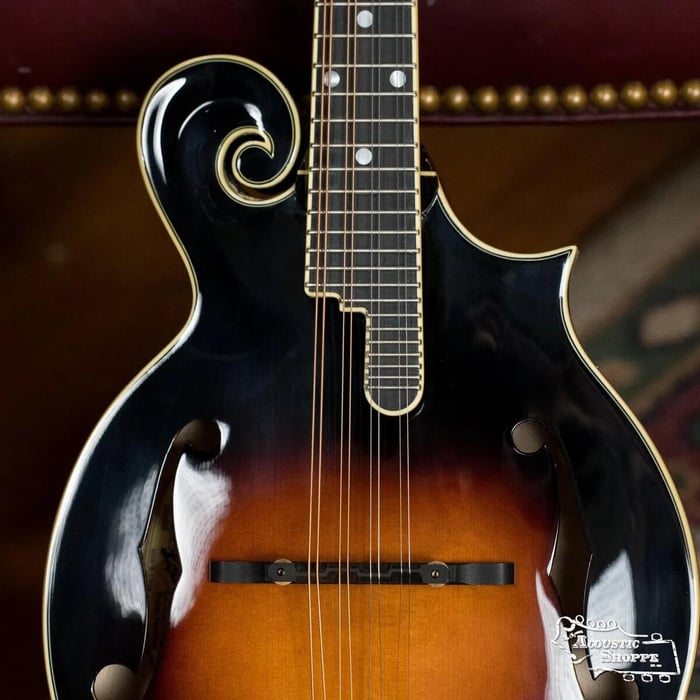
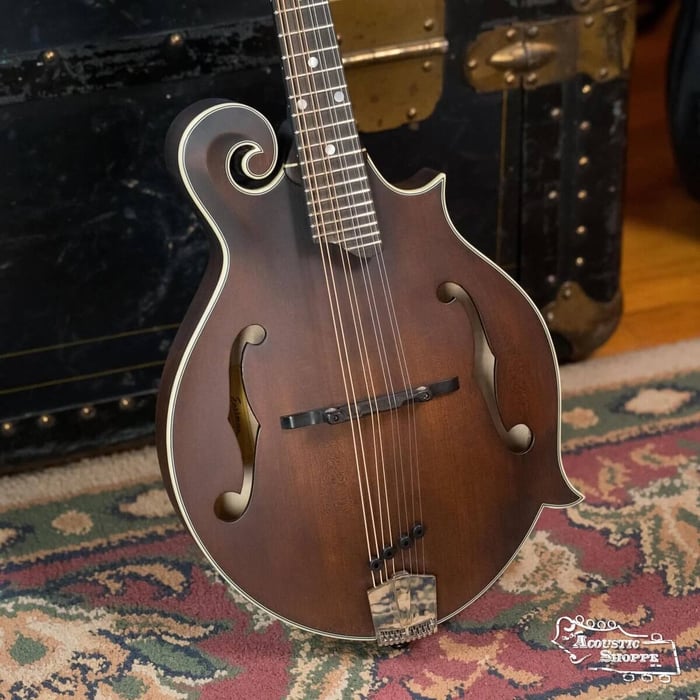
Choose the Loar LM-700 if you:
Are a performing or advanced player
Want a more open, resonant tone
Prefer ornate aesthetics and high-gloss finishes
Need superior projection in jam or stage settings
Choose the Eastman MD315 if you:
Are an intermediate player stepping up
Want top-tier tone without spending top-tier money
Prefer a more minimalist satin finish
Need reliability and playability in a daily-use mandolin
Either way, you’ll be walking away with a finely crafted F-style mandolin that will grow with you as a player.
🔗 Product Links:


